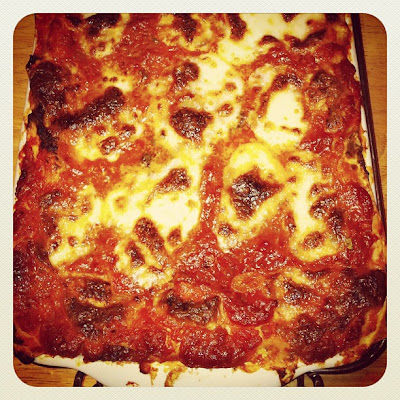10 Reasons I Buy Pure Beef
By Lynne Curry
In 2001, I moved from Seattle to a remote mountain valley in eastern Oregon. I was attracted to the lifestyle of a small town mixed with artists, self-starters and ranchers and easy access to the wilderness. I did not move for the food, and I certainly never expected to devote two years to researching and writing about beef. At the time, I didn’t even eat meat.
Back then, beef was beef. In the fine dining restaurant where I cooked (and all the others I knew in Seattle), beef was never a featured menu item. Diners who craved it for their dinner went to a steak house or picked up a burger from their favorite fast food chain. In the supermarket, there were several different cuts, but it was all the same beef--processed from a giant commodity system, consistent in grade and taste and low in price.
In 10 years, all that’s changed, and so have I. Living in a place where there are three times as many cattle as people, it was only a matter of time before I tasted and then purchased local meat. This beef was different. It came from animals that lived their entire lives on home ranches eating only grasses. And because of that wholesome, low-stress lifestyle, the meat was lean and firm and had depths of flavors that wowed me.
This was pure beef. There were no additives of any kind and the meat was not manipulated in any way to make it anything different from what is was: a nutritious food source cultivated from the lands by people who cared for their animals and were striving to provide exceptional food and preserve a way of life. When my husband and I had two children, I never had to worry about its food safety because I could trace it right back to the ranch where it was raised.
Now, pure beef is available in every state for everyone who cares about the source of their food. Like other artisan products, it is cultivated with care and attention from start to finish by small-scale and family farmers. High-end restaurants are now giving grassfed beef four-star treatment. Supermarkets are carrying an entire menu of beef options—organic, natural and grassfed--varying in taste, attributes and price points.
The downside is that eating out and shopping are a little more complicated than they used to be. This is why I wrote a whole book devoted to sharing what I’ve learned from years of cooking grassfed beef and witnessing the far-reaching benefits of purchasing well-raised meats:
1. From birth to slaughter, beef cattle consume only native grasses, legumes and other forages (plus stored hay in winter where necessary) for a wholesome and complete, muscle-building diet.
2. Animals live unconfined, ideally with opportunities for natural social interaction and excellent physical and psychological comfort.
3. Their muscles are lean and their fat contains a recommended balance of Omega 6 and Omega 3 fatty acids (2:1 or even lower), on par with wild game.
4. Pastured beef (as well as dairy and poultry) is one of the few sources of conjugated linoleic acid (CLA), another essential fatty acid (“good fat”) found to have significant health-enhancing and cancer-preventing properties.
5. Compared to conventional grain-finished beef, grassfed is consistently higher in beta-carotene, vitamin E, B-vitamins thiamin and riboflavin and the minerals calcium, magnesium, and potassium.
6. Cutting out the feedlot brings more money directly to the rancher and supports family farms and their communities.
7. Rotational grazing methods promote soil regeneration and biodiversity and are a promising avenue for increased carbon sequestration.
8. Far less fossil fuel is used in producing this beef and animal waste is a valuable plant fertilizer, dispersed over the rangeland, not collected into polluting manure lagoons.
9. The texture of the beef when raw is resilient, like a well-toned and relaxed muscle, less watery and when cooked is more substantial and satisfying.
10. The flavors are more concentrated and varied with mineral, mushroom and umami qualities—all dependent on the composition and quality of the pastures where the animals grazed.
Lynne Curry is the author of PURE BEEF: An Essential Guide to Artisan Meat with Recipes for Every Cut and the blog Rural Eating
Labels: artisan beef, burger, grassfed, local meat, Lynne Curry, Omega, Oregon, organic, Pastured beef, pure beef, ranches, wholesome





